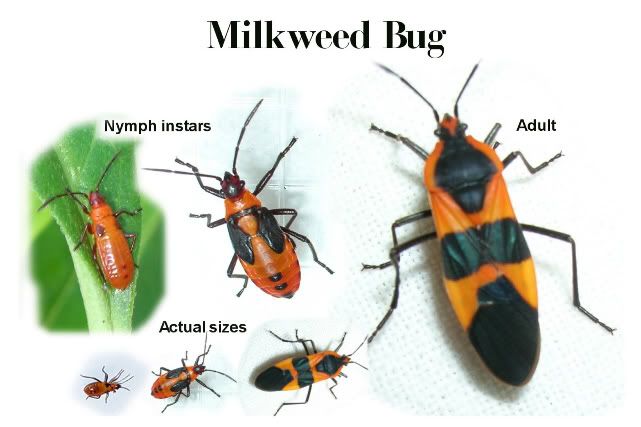Yesterday while doing some outdoor chores, we found a Florida Mockingbird nest inside a Robellini palm tree in our front yard. There are 4 baby mockingbirds inside the nest, still very young with their eyes shut.
Here's some info about the Mockingbird nesting habits. The nest is constructed by both the male and female, though the male does most of the work while the female perches close-by watching out for predators. Three to five eggs are laid by the female and then she incubates the eggs for about 11 to 13 days. Once the eggs are hatched, both parents are responsible for feeding the baby chicks for about 12 days. So the entire timeframe from incubation to fledging is 23 to 25 days.
The parents will aggressively protect their nest and surrounding area against other birds and animals. When a predator is persistent, mockingbirds from neighboring territories, summoned by a distinct call, may join the attack. Other birds may gather to watch as the mockingbirds harass the intruder. In addition, it is not unheard of for mockingbirds to target humans. They are absolutely unafraid and will attack much larger birds too, even hawks. I've actually witnessed this a few days ago as two mockingbirds chased away a hawk from a tree.
3 Comments

I found these red/orange and black colored insects gathered on some milkweed plants. In fact, they have established a large population on one plant to the point where some leaves are growing deformed and some leaves have been sucked dry of plant tissue. These insects are called the Milkweed Bug, and are more of a nuisance than a threat to the milkweed plant. They are commonly found in small groups on stems, leaves, and seed pods sucking the juices from plant tissue. Controlling these bugs can be tricky because you don't want to spray the Monarch larvae with harmful chemicals. So you can either live with the damage, squish the bugs, or spray with a low dose of insecticidal soap.
Pictured below is the Milkweed Bug life cycle. 
Subscribe to:
Posts (Atom)

